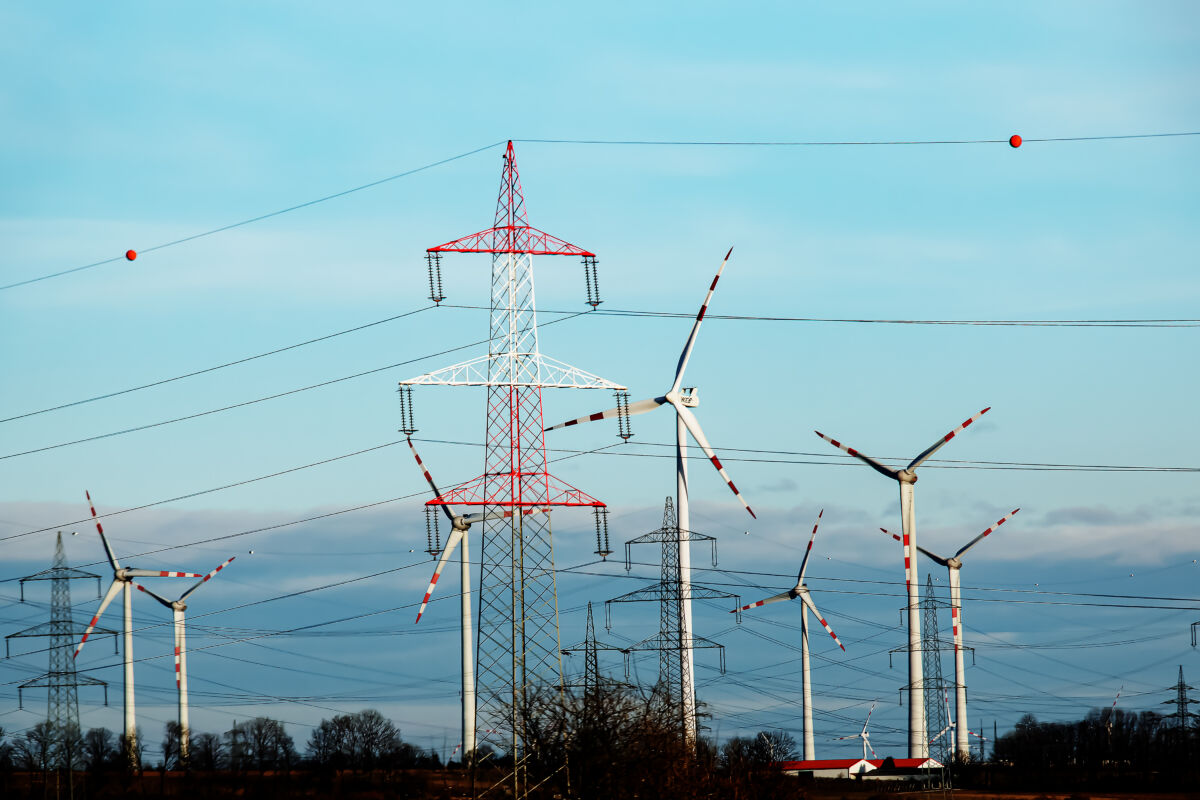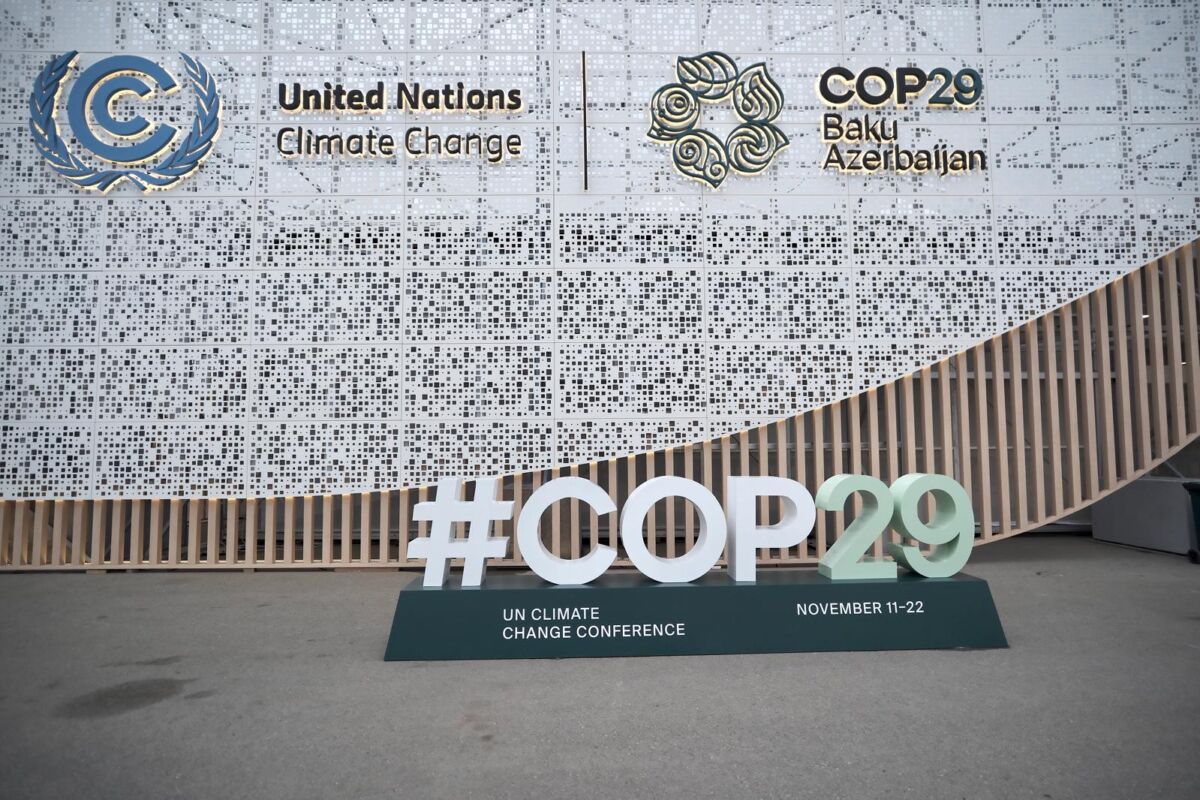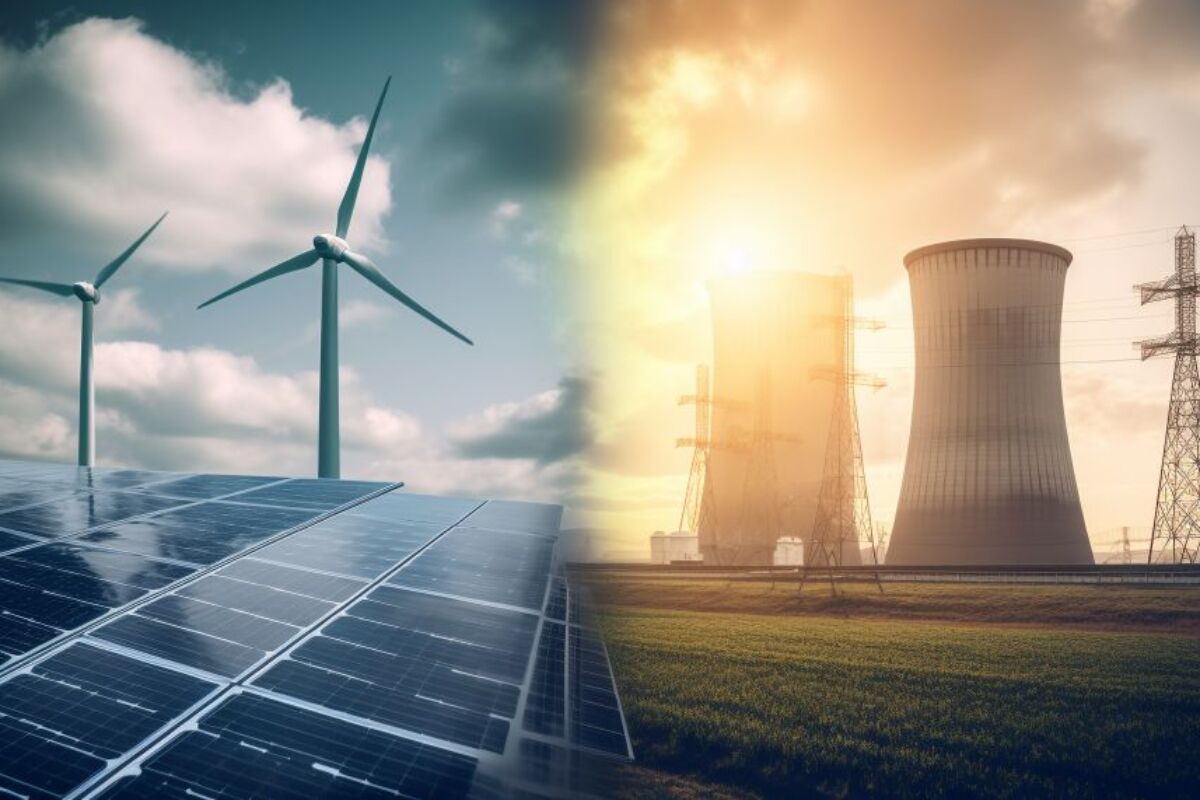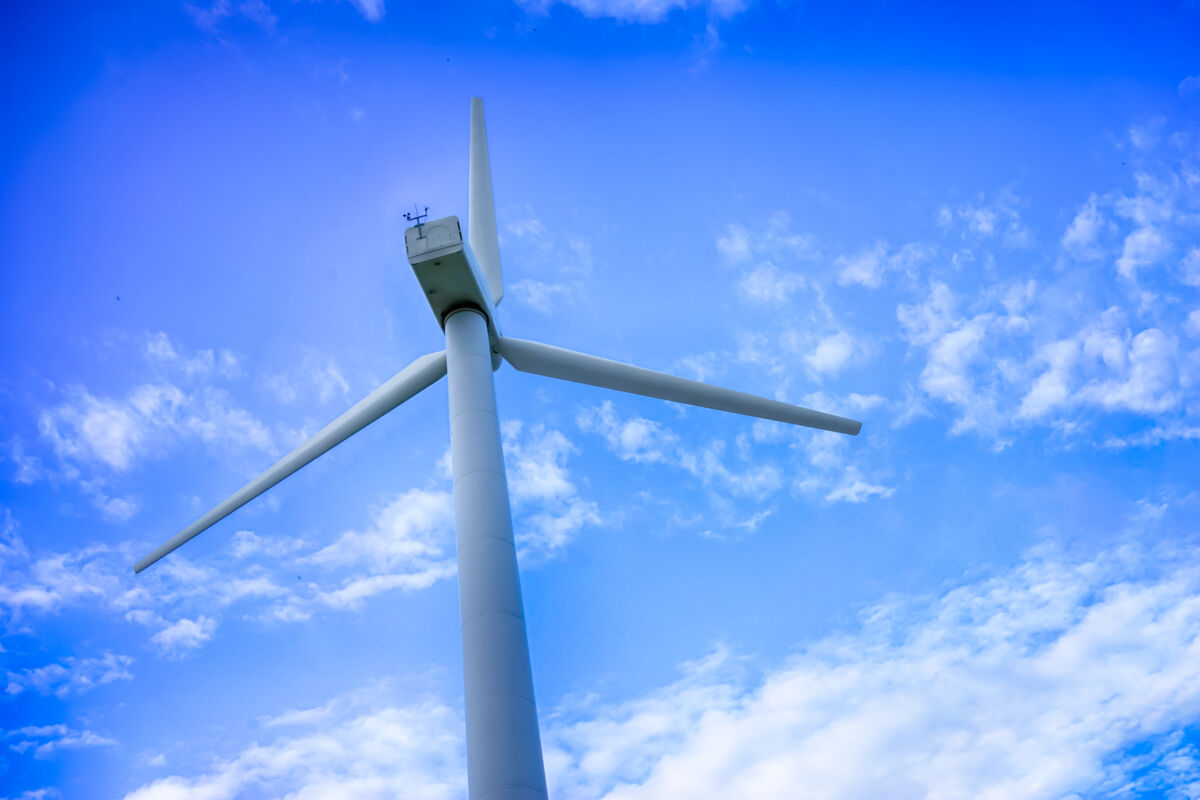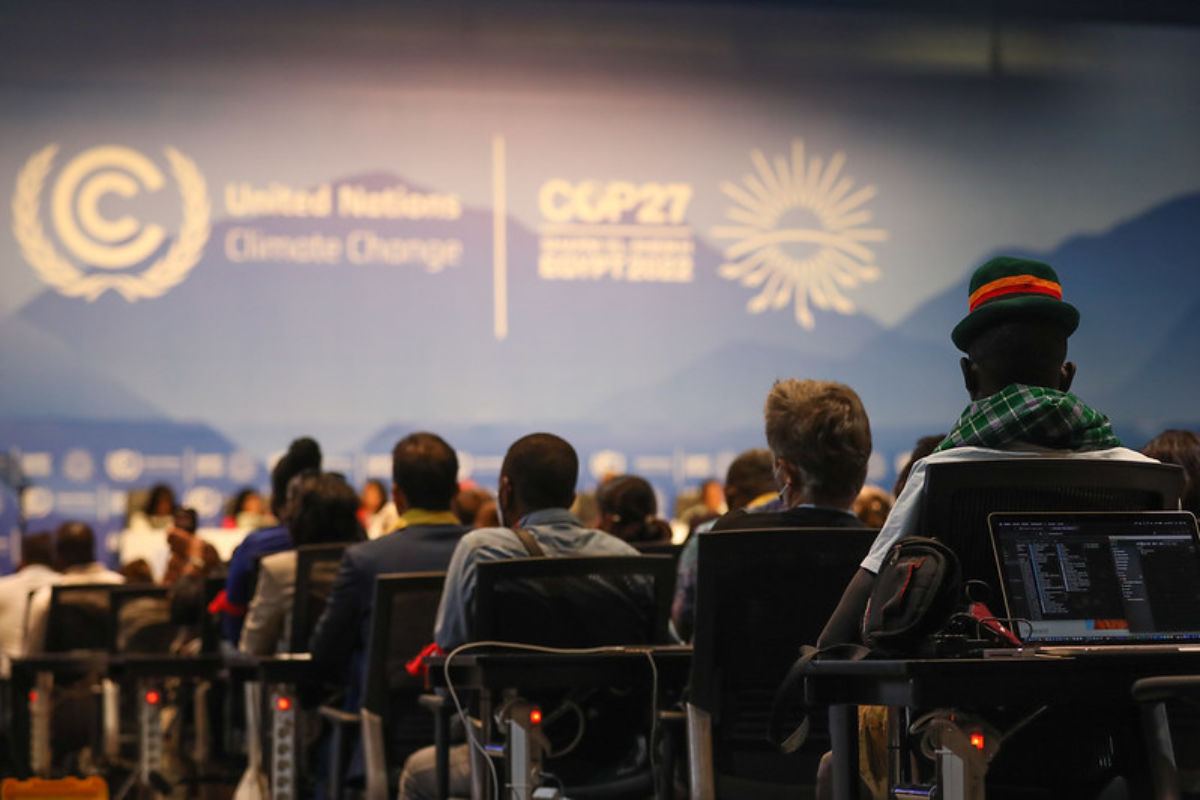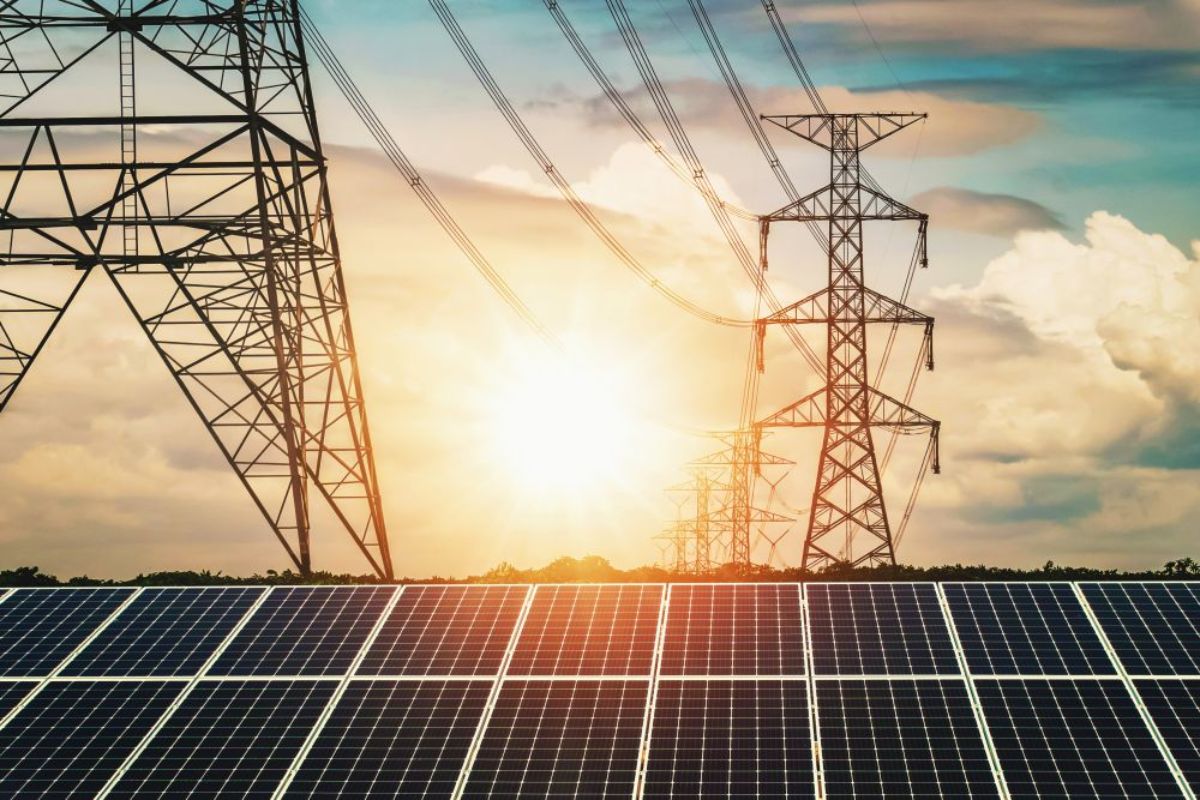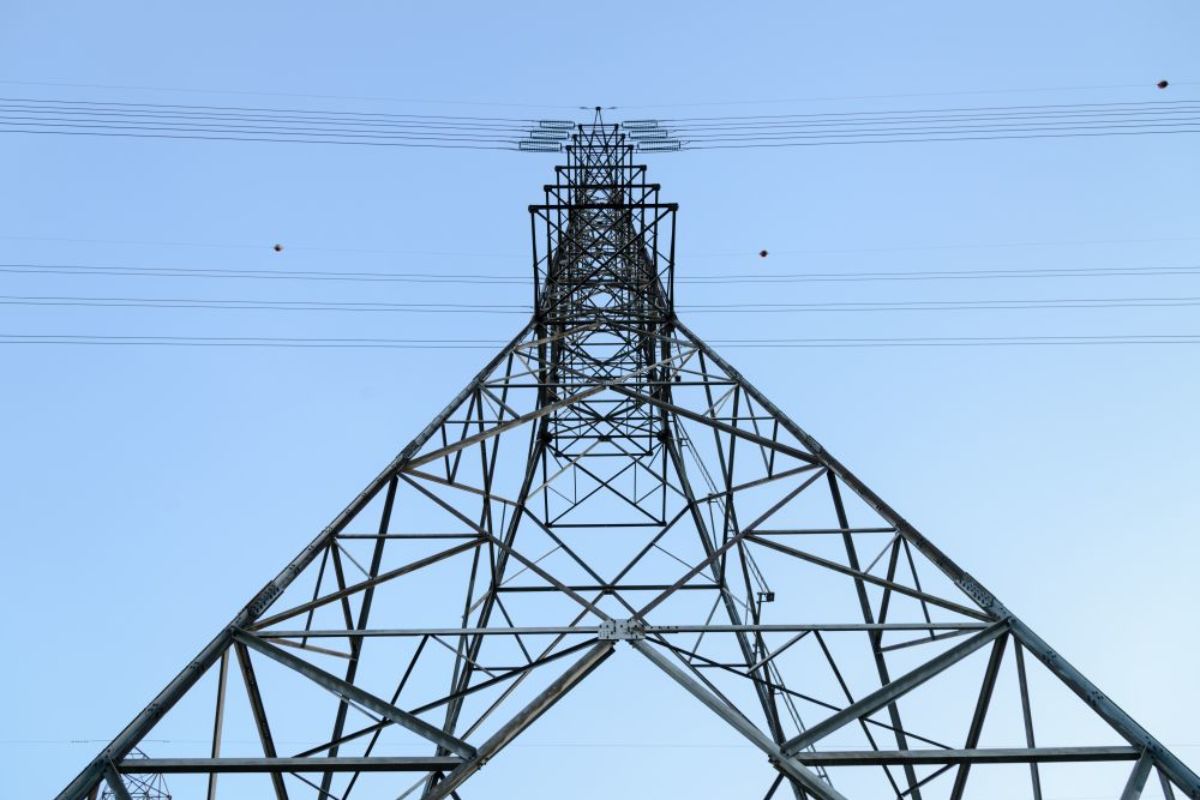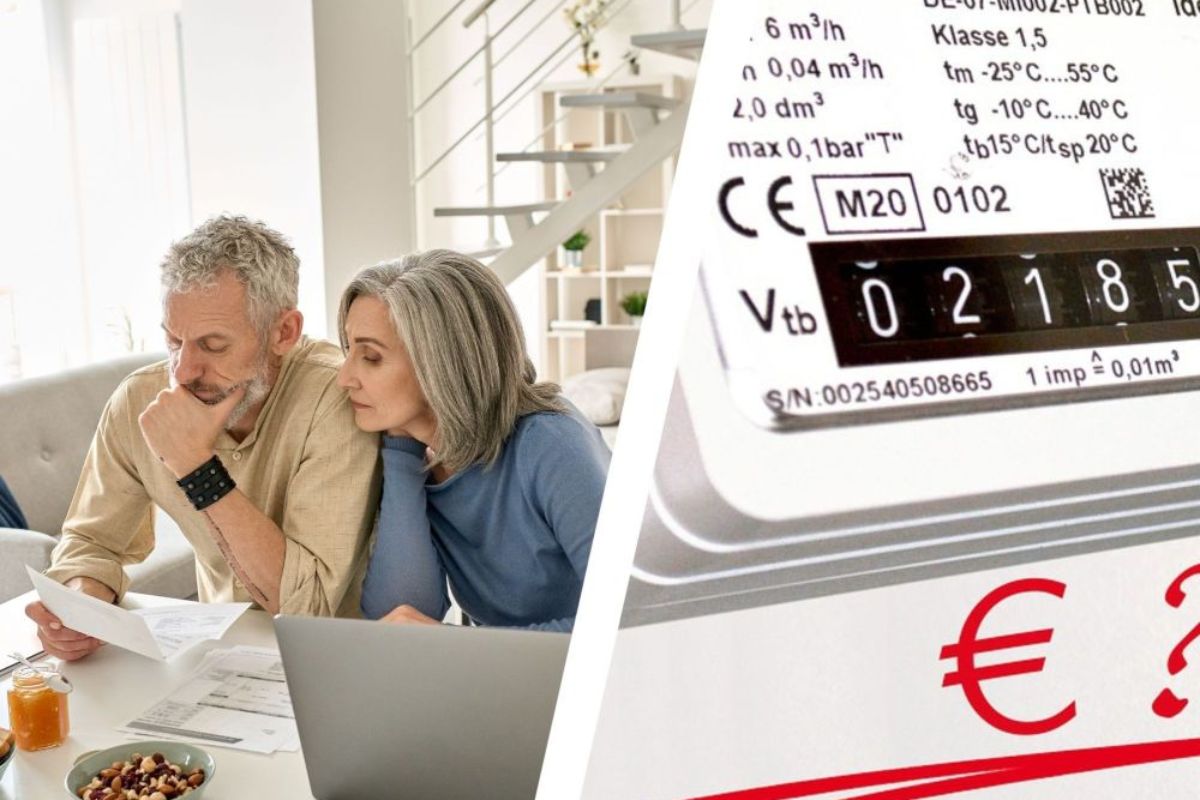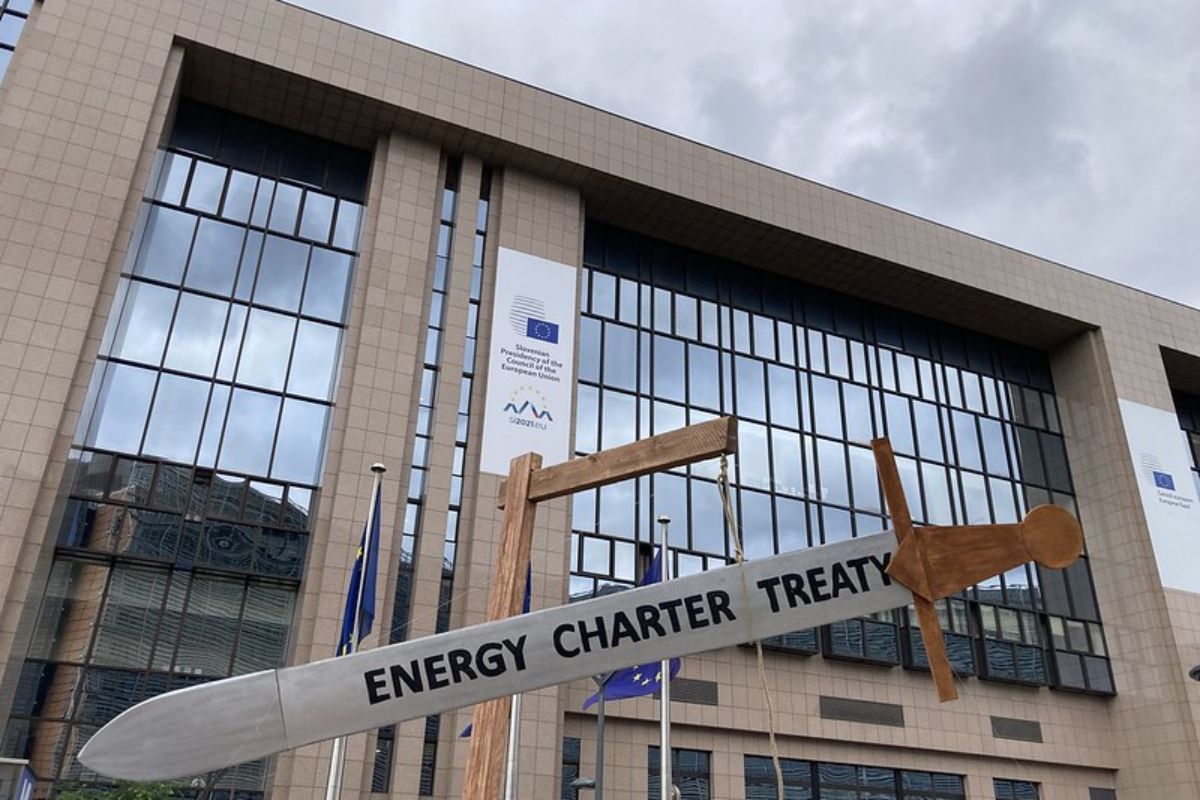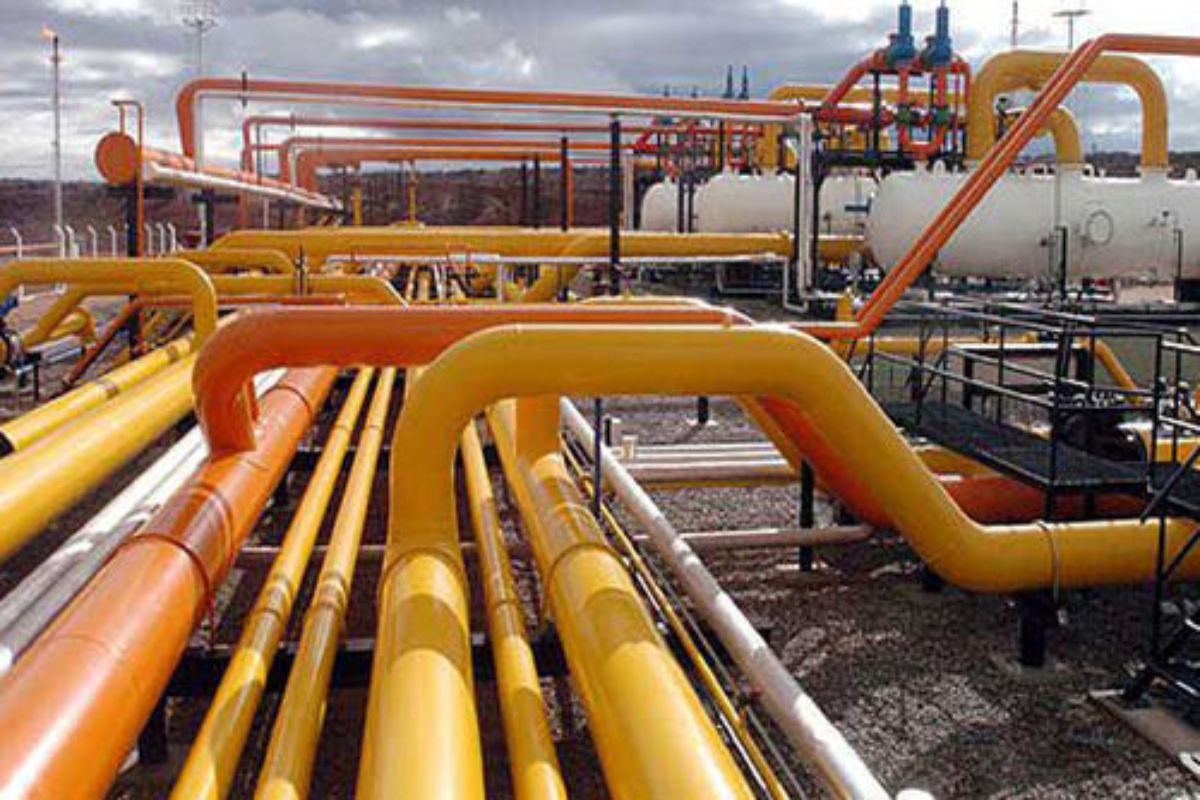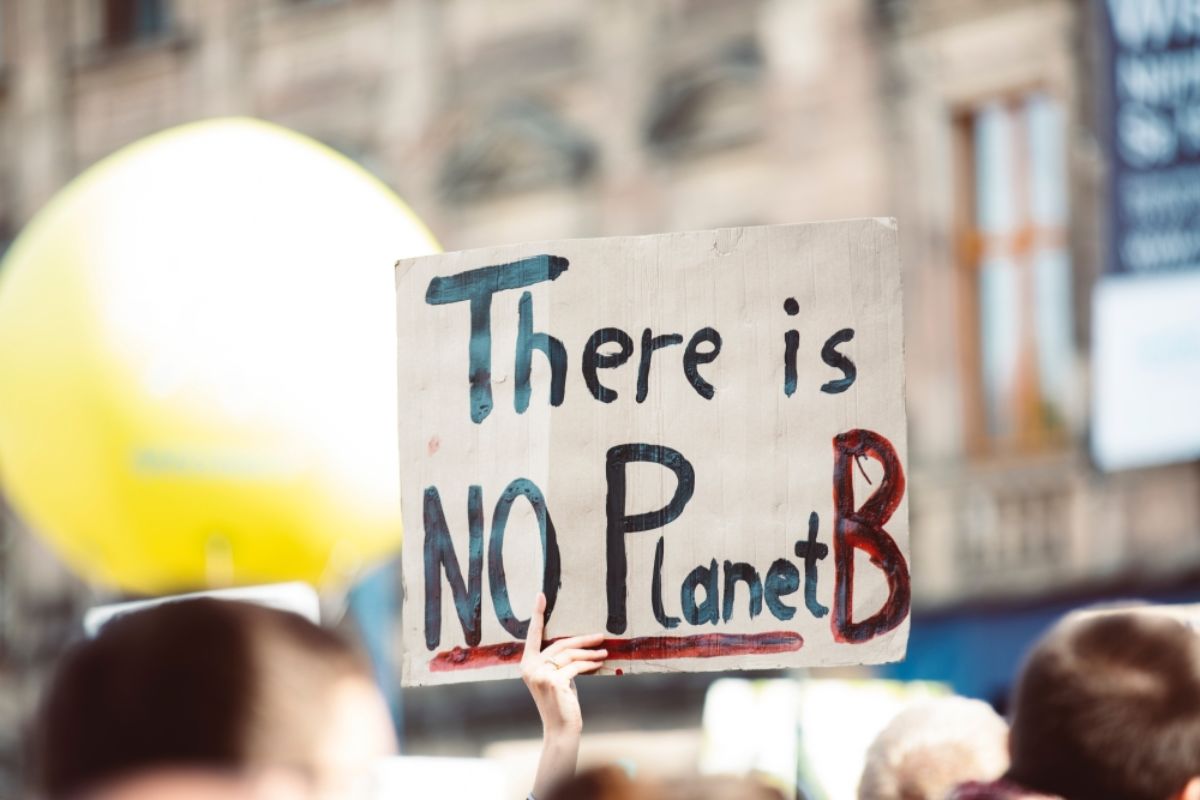We are depleting our planet’s finite resources at a dangerous pace, driven largely by overconsumption in the Global North. This fuels emissions, pollution and biodiversity loss, despite efficiency gains. And regardless of lower net emissions, EU consumption shifts environmental harm abroad, worsening global inequities.
Buildings and transport are central to this crisis. On the one hand, they’re crucial for people’s lives. On the other, the EU construction industry consumes 1.8 billion tonnes of raw materials – a third of the bloc’s total – and generates 330 million tonnes of waste annually. Meanwhile, transport emissions, particularly from road transport, account for nearly a quarter of EU emissions. This relentless resource use pushes us past planetary boundaries, threatening the Earth’s capacity to sustain life.
Of course, those who consume the least often suffer the most from its consequences. In housing, unequal access is stark, with the cost-of-living crisis exacerbating disparities. Similarly, poorer EU regions still often lack access to public transport.
We are facing an interlinked social-ecological challenge: lowering resource consumption and environmental impacts while addressing social inequalities. Efficiency and renewable energy are vital, but they’re not enough. We must embrace sufficiency.
Sufficiency is the missing piece
Sufficiency means finding the point of ‘enough’ consumption – enough for everyone’s basic needs to be met equitably, without overconsuming to the point of ecological collapse. ‘Enough-ness’ is thus constrained by a social floor, the minimum, and an ecological ceiling, the maximum.
It’s about avoiding wasteful demand for energy and materials across the lifecycle of goods and services. Think of sufficiency as both a tool and a vision, a way to prioritise wellbeing within the Earth’s limits. It’s about recognising and embracing a state of ‘enough.’
Practically, sufficiency requires asking tough questions: What are our real needs? How much carbon and material use do we need to satisfy these? Finding these answers must happen through inclusive, democratic processes that respect cultural and local realities.
Of course, this appears to be in stark contrast to our current economies and lifestyles. How is reducing absolute levels of production and consumption compatible with competitiveness – the trending buzzword of the new Commission?
Let’s turn this question around. How do ‘competitiveness’ and growth for its own sake serve us in the face of persisting inequalities and ecological crises? If we really put societal and ecological welfare at the heart of our policies, then this requires a radical rethinking of concepts.
Competitiveness doesn’t need to be measured only by productivity and GDP growth. The Draghi report mentions ‘competitiveness’ 515 times, without ever defining what it means. So, let’s define it ourselves, by focusing on long-term wellbeing and societal robustness, while minimising environmental and social costs. In this sense, sufficiency can help us be more competitive.
The sufficiency concept isn’t entirely new to the EU. Initiatives like the EU Waste Hierarchy prioritise prevention above all else. Similarly, the ‘right to repair’ ensures consumers can extend their products’ lifespan, reduce waste and the demand for virgin materials. What these examples show is that we don’t need to start from scratch.
All this won’t happen overnight. But there are concrete steps we can take, one by one. And we can start with those sectors that have a high environmental impact while also being crucial for meeting basic needs – buildings and transport.
A practical path forward
For the buildings sector, sufficiency means better use of the existing stock. This involves transforming underused or vacant spaces into housing rather than constructing new buildings, which reduces emissions and the demand for raw materials. Extending the lifespan of current buildings through maintenance and retrofitting is another critical approach, cutting down the need for new construction. Lowering the average floor space per capita, while improving housing quality and comfort, can also reduce material and energy use. Circularity plays a key role, reusing and recycling to minimise waste and resource extraction. The Energy Performance of Buildings Directive (EPBD) or the Construction Products Regulation, for example, could address these aspects.
For transport, sufficiency means reducing resource-intensive trends, such as increasingly large cars – the so-called Americanisation of vehicles. Smaller, more efficient cars not only use fewer materials but also enhance road safety and reduce emissions. Such measures could be introduced through vehicle standards or the proposed End-of-life Vehicles Regulation. Policies can also shift the focus from individual car ownership to options like car-sharing schemes. Even better, expanding and improving access to public transport reduces car dependency.
Sufficiency options for EU policies mainly target the ecological ceiling, rather than the social floor. It’s not easy for EU policies to design redistributive policies, given its lack of competencies in the social policy area. Still, the EU can provide a framework for Member States to tackle environmental issues while supporting national social policies through EU funding. Member States will nevertheless need to carry their own weight.
The dream of becoming mainstream
To bring sufficiency to the forefront of EU policymaking, much like efficiency has been, four key steps are needed.
First, a unified, cross-sectoral definition of sufficiency must be established. This will provide a foundation to embed sufficiency into existing policies rather than creating entirely new frameworks.
Second, we need to shape demand away from overconsumption and towards the sufficiency corridor. For example, sufficiency could be integrated into the EU’s to-be-revised Public Procurement Directives and upcoming mandatory Green Public Procurement criteria. Projects could be awarded for reducing resource consumption by focusing on product durability, repairability and appropriate sizing.
Third, sufficiency should be included into the National Energy and Climate Plans. The EU could establish monitoring and reporting frameworks for national sufficiency activities, as already proposed by the European Parliament in the 2024 EPBD revision.
Finally, faster access to EU funding, like the Just Transition Fund and expected Clean Industrial Deal funds, could support Member States based on adhering to sufficiency principles, i.e. avoiding excess consumption while improving equality.
The European Commission could monitor progress on sufficiency in a similar way to how it tracks the implementation of the ‘Energy Efficiency First’ principle, integrating it into existing governance mechanisms. However, further work is needed to identify suitable sufficiency indicators, determine appropriate benchmarks and assess how sufficiency efforts can be allocated across sectors and products while considering national contexts.
It goes without saying, this journey won’t be an easy one, especially due to increased calls for economic competitiveness rather than welfare objectives.
Still, the social and ecological crises have demonstrated that we need new systemic solutions. But sufficiency isn’t just needed, it’s also something to be desired. Sufficiency can be a tool for a world that’s more just and equal, where everyone can meet their basic needs within a safe operating space for humanity to thrive in.
… if we only dare to question the status quo.
This CEPS Expert Commentary is part of a special series being published prior to the CEPS Ideas Lab on 3-4 March 2025 to showcase some of the most innovative ideas we’ll be rigorously debating with our participants. More info can be found on the official Ideas Lab 2025 website.





